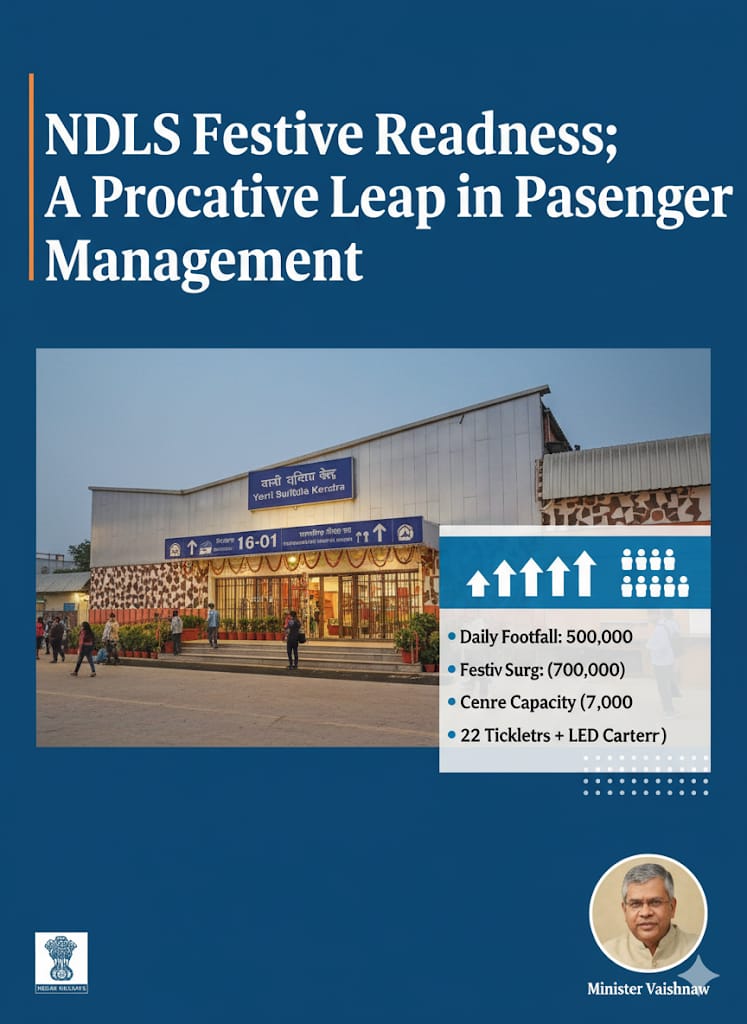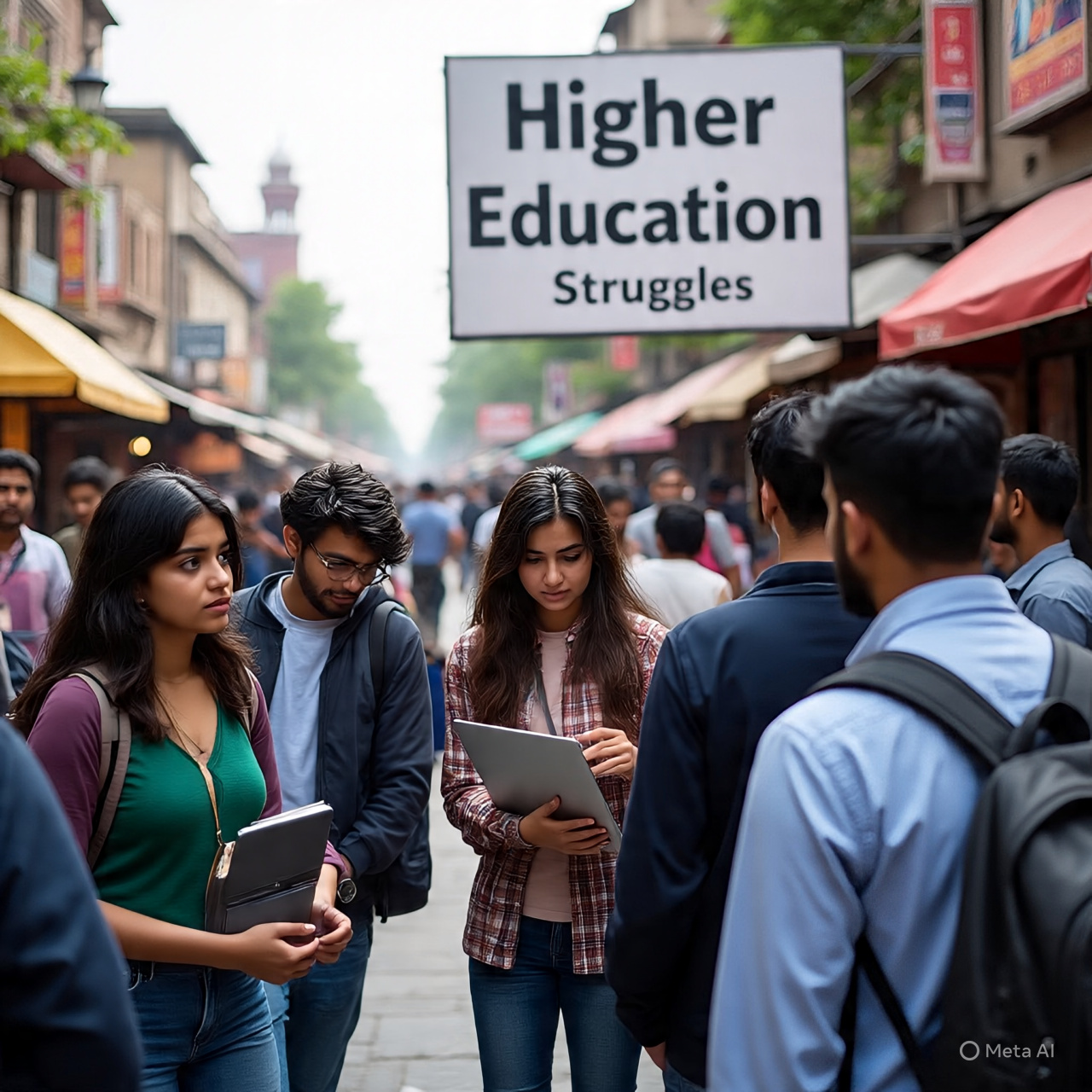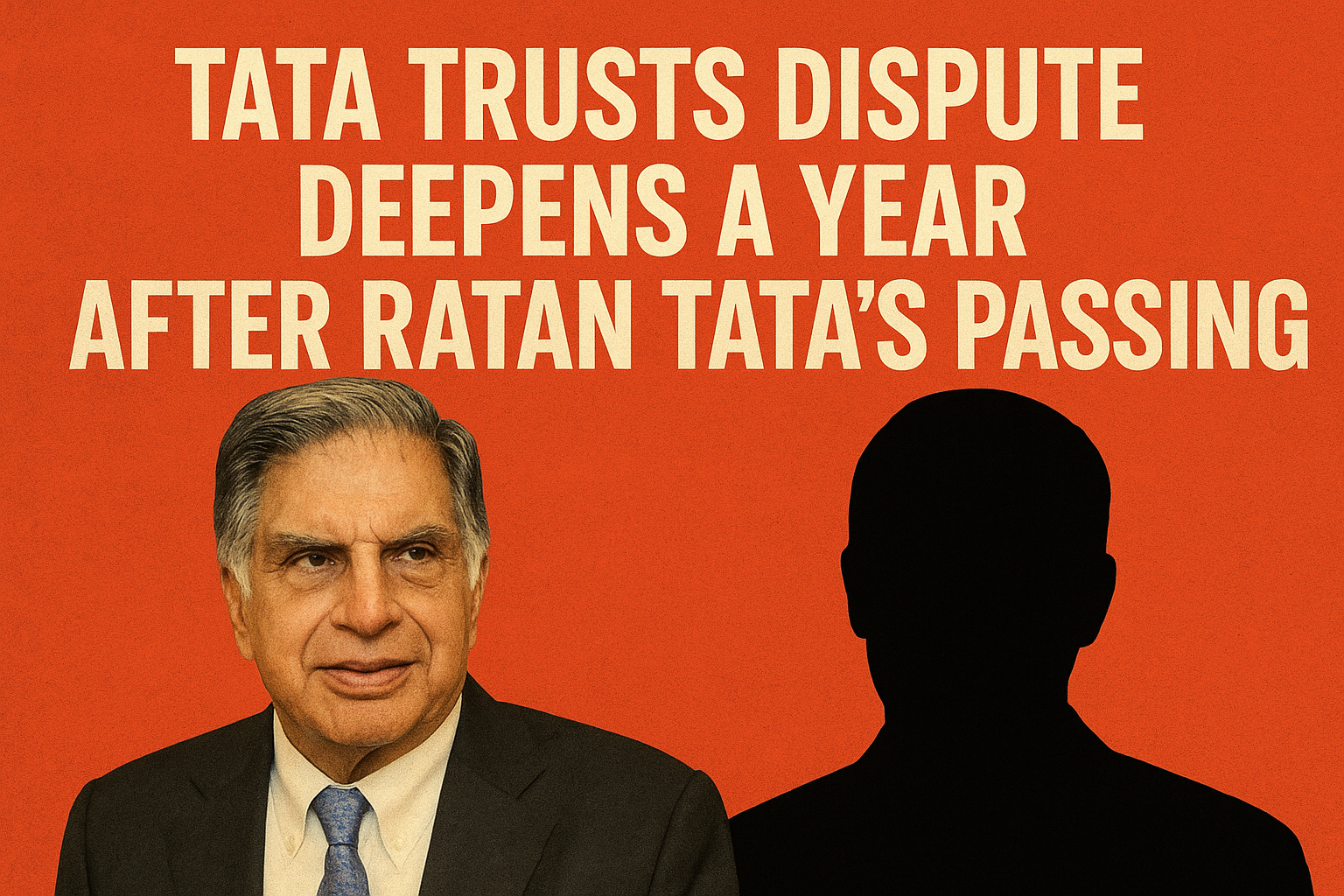
India is a land of rich history and vibrant culture, filled with ancient monuments, forts, temples, and palaces that tell the story of its past. From the magnificent forts of Rajasthan to the sacred temples of Tamil Nadu, each heritage site holds deep cultural and historical value. However, despite having such a vast and diverse heritage, the country often falls short when it comes to preserving and maintaining these precious sites. The recent recommendation by UNESCO’s advisory body to defer India’s proposal to include 12 Maratha forts associated with Shivaji Maharaj on the World Heritage List highlights the challenges that India continues to face in the field of heritage conservation.
The rejection was not because the forts were unimportant, but due to serious shortcomings in the application submitted by India. According to the International Council on Monuments and Sites (ICOMOS), which is responsible for evaluating UNESCO nominations, India’s proposal lacked proper management plans, complete documentation, and impact assessments. These are all essential parts of proving the “Outstanding Universal Value” (OUV) of a site—one of the main criteria for inclusion on the UNESCO World Heritage List. This signals a larger problem in India’s heritage governance.
The setback is not just about missing a place on a global list. It reflects a deeper issue within the country’s heritage conservation system. Experts point out that India has a serious capacity deficit when it comes to preserving and documenting its historical sites. There are delays in maintenance, poor planning, and a shortage of skilled conservation professionals. Many heritage sites lack even basic protection measures, and historical documents related to them are either missing or poorly organized. This not only weakens the country’s global image but also puts the physical structures at risk.
Currently, India has 43 sites listed as World Heritage Sites. These include famous places like the Taj Mahal, Qutub Minar, and Sun Temple in Konark. Each of these sites contributes to tourism and local economies. Including more sites, like the forts of Shivaji, could boost tourism, create jobs, and raise awareness about India’s diverse history. But that requires proper planning, detailed documentation, and consistent upkeep. The Archaeological Survey of India (ASI), which is the main body responsible for protecting monuments, often struggles due to a shortage of funds and staff. It manages thousands of monuments across the country, but it is stretched too thin. India’s vast geographical spread and the layered nature of its cultural inheritance make it difficult for ASI to manage everything on its own.
To overcome these challenges, there is a need for cooperation between the central government, state governments, and local bodies. Conservation cannot be seen as the sole responsibility of ASI. Local communities must be involved and educated about the importance of protecting their heritage. The use of modern technology, such as GIS mapping and digital archiving, can help manage risks and prevent damage to structures. Heritage management should be a coordinated effort that includes historians, architects, engineers, and environmentalists working together.
The case of the Maratha forts clearly shows what needs to be improved. ICOMOS suggested better protection for smaller forts, more effective conservation techniques, and stronger management practices. This includes steps like risk mapping, regular repairs, and strong security. Without these efforts, many historic sites could face gradual damage or even collapse over time. India needs to adopt global standards for heritage protection and not just aim for world recognition but for true preservation of its cultural roots.
Another important aspect is training. India needs more trained professionals in the field of heritage conservation. This includes archaeologists, conservation architects, and skilled workers who understand how to restore old structures without damaging their original form. Presently, there is a shortage of such expertise, and the few who are trained often work without the support or resources they need. Universities and heritage institutions must be encouraged to offer more specialized courses and promote careers in this field.
Along with professional conservation, public awareness also plays a major role. People must be made aware that heritage is not just about monuments; it is about identity, tradition, and shared memory. School programs, cultural festivals, and media campaigns can help build this awareness. When people understand the value of their heritage, they are more likely to take care of it.
India’s failure to secure UNESCO recognition for the Maratha forts should be a turning point. It is not just a lost opportunity; it is a signal that stronger systems are needed. A country with such a deep and glorious past must take serious steps to ensure that its monuments and historic places are preserved for future generations. Heritage conservation is not only about protecting stones and walls. It is about respecting the journey of a civilization and ensuring that its voice is not lost in time.
The path ahead is not easy, but it is necessary. With better planning, more funding, proper training, and stronger collaboration, India can not only protect its heritage but also turn it into a powerful source of pride and prosperity.




.jpeg)
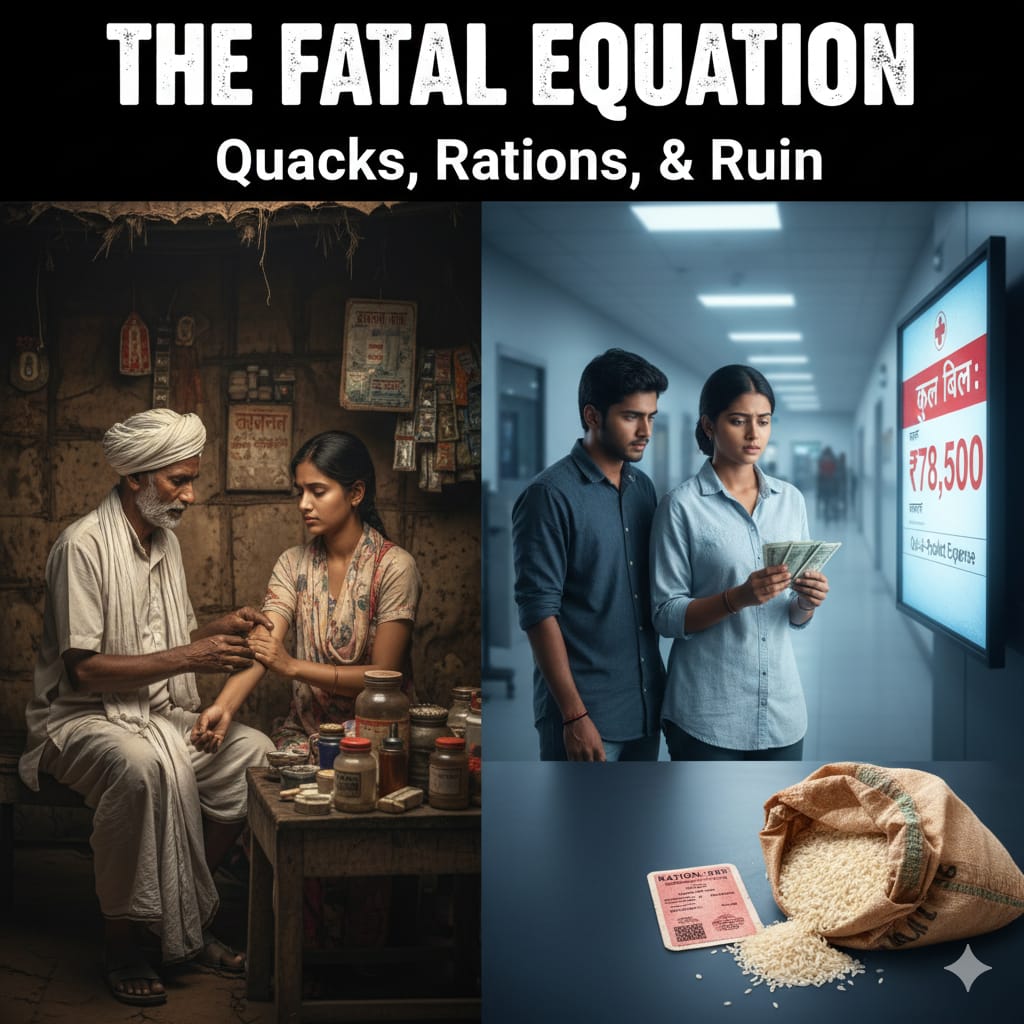
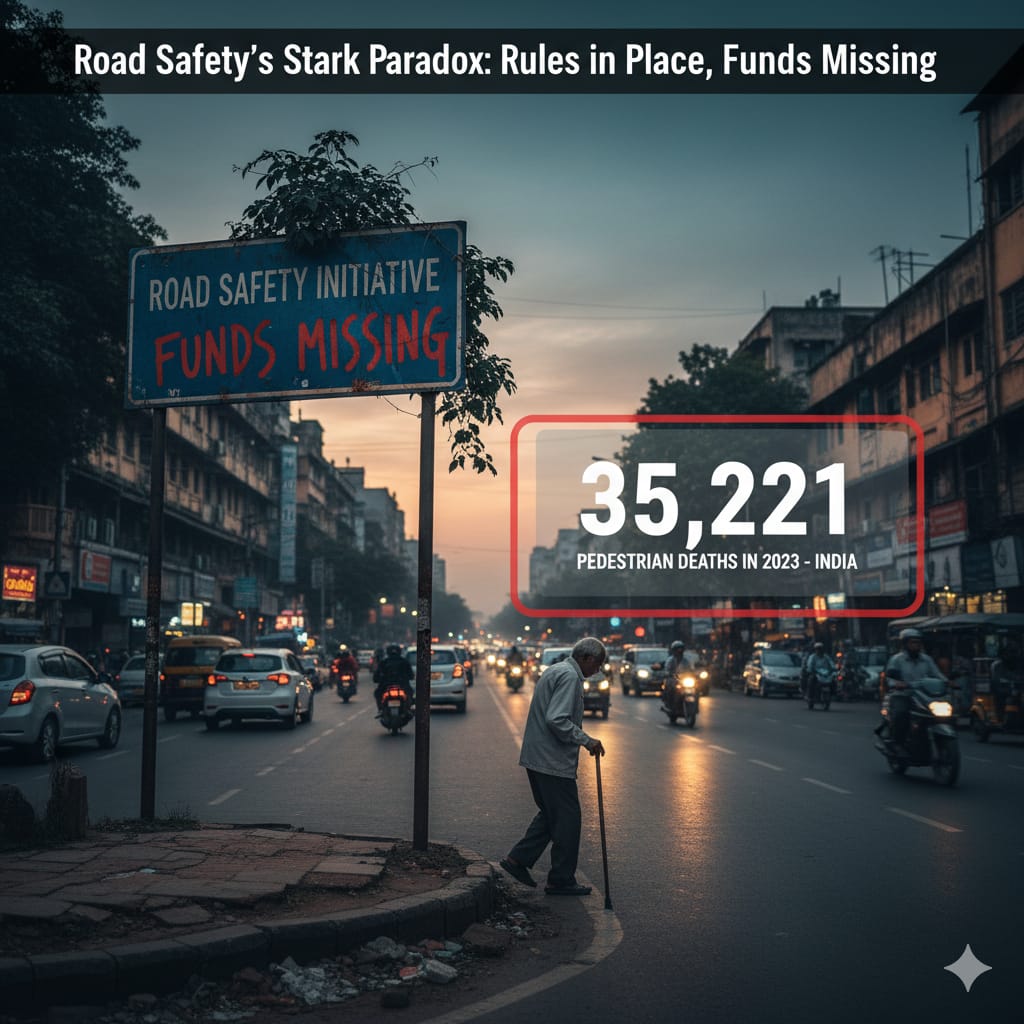
.jpeg)

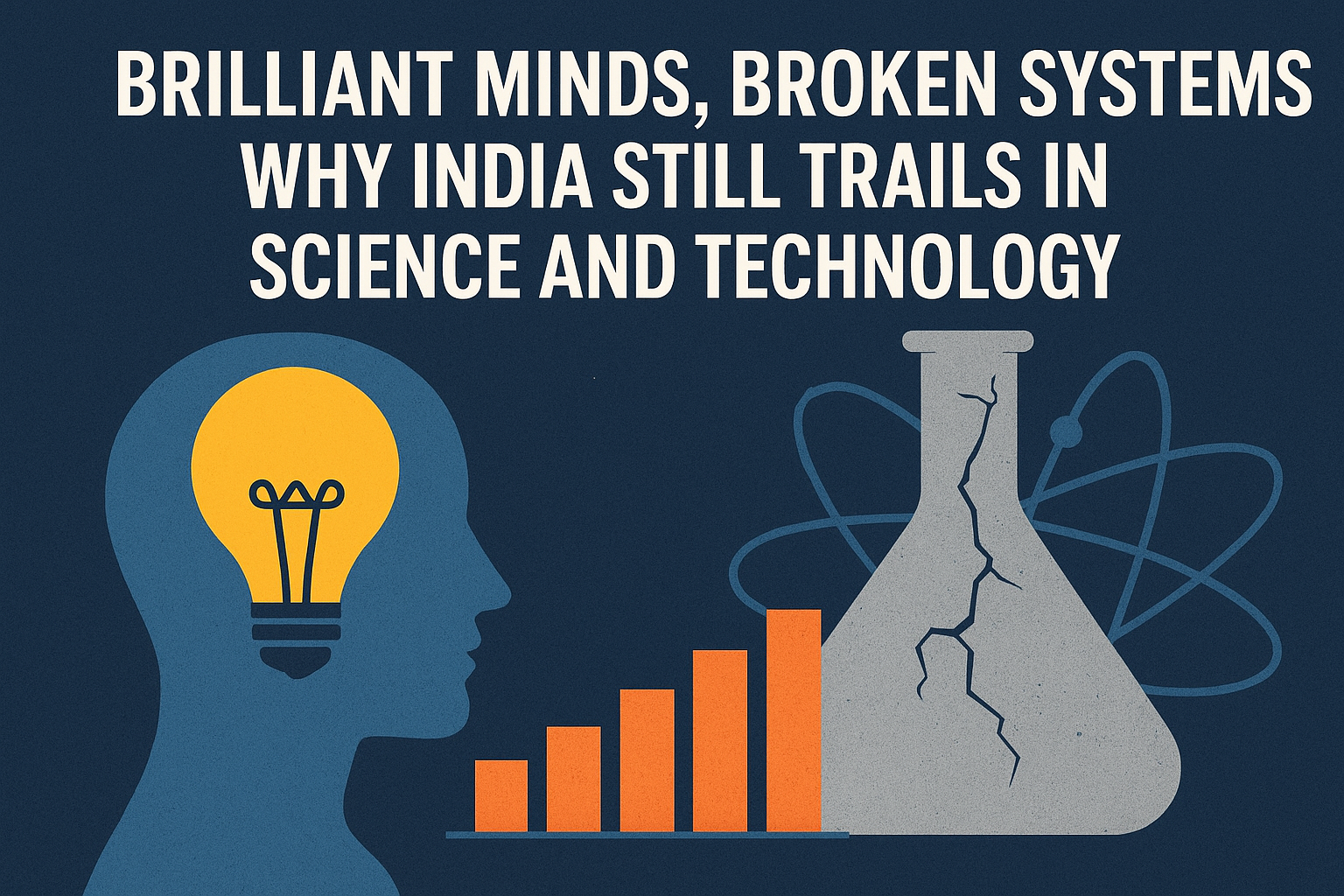


.jpeg)
